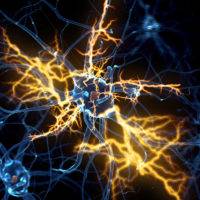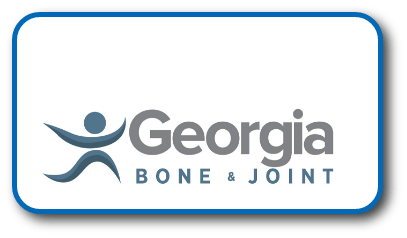
Pain caused by low tissue energy levels?
Evidence has emerged that reveals neuroglycopenia (low sugar levels detected by the nerves lying in the tissues) is a significant cause of neuropathic (nerve specific) pain. And neuropathic pain sends signals to the spinal cord and brain when low glucose (sugar) levels are found in involved tissues. This is distinct from nociceptive pain, which results from pressure or pinching such as after a broken ankle. Neuropathic pain is processed through its own TRPV1 receptor, (a calcium ion channel), which causes inflammation of nerves in the environment of acidity (low pH) and low tissue glucose levels.
The Lyftogt Technique
Based on the observations and teachings of John Lyftogt, use of a buffered D5W (5% dextrose water with bicarbonate mixed in) can alleviate neuropathic pain. Why the mix? We know that TRPV1 pain receptors activate at pH lower than 6.5. Since D5W from the United States arrives in an acidic form with a pH ranging from 3 to 6.7, adding just a tiny amount of 8.4% Sodium Bicarbonate can bring the pH up to neutral (7.2). This buffered solution with sterile sugar water is the most effective way to stabilize pain fibers and maximize relief when injecting around an inflammed nerve.
Anesthesia vs. Analgesia
Lidocaine, which blocks sodium channels, stops the “upward” stroke of nerve fiber activation, which helps with anesthesia–> blocking nociceptive pain. This leads to numbness, which decreases musculoskeletal function. Glucose, however, does not give anesthesia or help nociceptive pain, instead functioning by producing analgesia–> blocking neuropathic pain (or neuralgia). Good analgesia decreases pain signals and enhances musculoskeletal function. Administered correctly over time by an experienced provider, this can increase the pain threshold.
Side Effects?
For those diabetics concerned about “sugar” injection therapy, there is no increase in blood glucose levels after perineural dextrose prolotherapy which is completely opposite of the reaction when injected with a steroid. Additionally, NSAID’s (anti-inflammatories) do not interfere with neural prolotherapy, although patients generally no longer need them after treatment.
